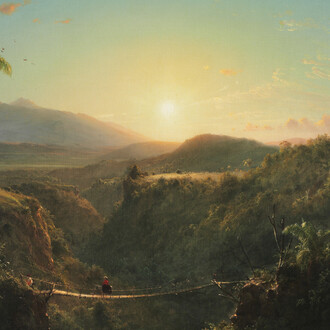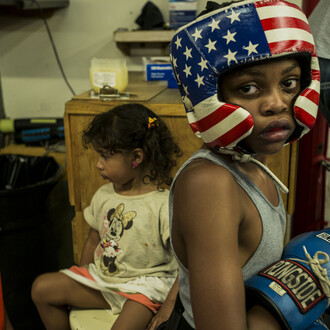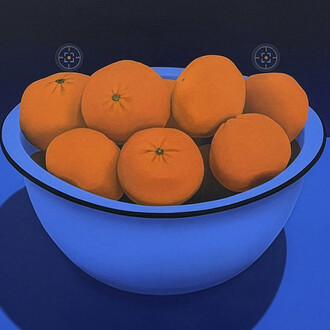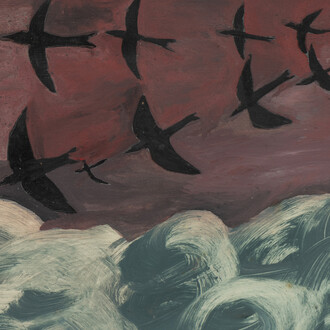The China & Japan Galleries showcase selections from the Museum’s Asian collection of more than 25,000 objects. In the Chinese Rotunda—90 feet in diameter and soaring 90 feet high—is one of the finest collections of monumental Chinese art in the country. The large-scale artifacts on view are a testament to the artistic achievements of the Chinese people, particularly in early Buddhist sculpture, and the continuity of artistic evolution during the early, pre-Song periods (before 1000 CE). Gallery highlights include two Imperial Horse Reliefs, one of the world’s largest Crystal Spheres, and a collection of Northern Qi Buddhist statuary. Objects in the adjacent gallery space expand on the development and diversification of Buddhism after the 6th century: among the wide variety of pieces are a spectacular lacquered sculpture of Fudo and a beautiful gilt statue of Guanyin.
The China & Japan Galleries highlight our impressive collection of sculpture collected in the early 20th century; unlike many of the collections at the Penn Museum, this collection consists mainly of donations and purchases rather than pieces acquired through sponsored expeditions.
The gallery space adjacent to the Chinese Rotunda features Buddhist works of art which exemplify major schools of Buddhist thought, including Tendai, Pure Land, and Zen. These branches were based in Mahayana Buddhism which grew out of a shift in emphasis from the individual to universal salvation and elaborated on the idea of a bodhisattva, an enlightened being who postpones final Buddhahood in order to save all sentient beings.
Chinese Buddhism is richly illustrated in the Rotunda. Buddhism, imported from India probably in the 2nd century CE, reached its peak of popular acceptance in the early 6th century, particularly under the Wei Dynasty (386-535 CE) of Northern China. The Buddhist message of salvation was carried through images, stelae, narrative reliefs, and painting as well as the written word. A huge stone carving of the future Buddha, Maitreya, dedicated by a district chief in 516 CE, is a central figure of the gallery.
The Rotunda also houses pieces of sculpture from early Chinese tombs and temples that are sources of important information about early artistic traditions. From the Han period on, pairs of winged lions were placed at the beginning of the avenue leading to the grave area of an important royal family. The winged lions glorified the deceased while protecting the tomb from evil spirits. The two winged lions, one male, one female, from the late Han Dynasty (ca. 200 BCE) in the center of the Rotunda are typical of the colossal guardian animals that lined the “spirit way” to the tombs. When complete with tail and legs, each figure would have been approximately nine feet long and seven feet high.
















